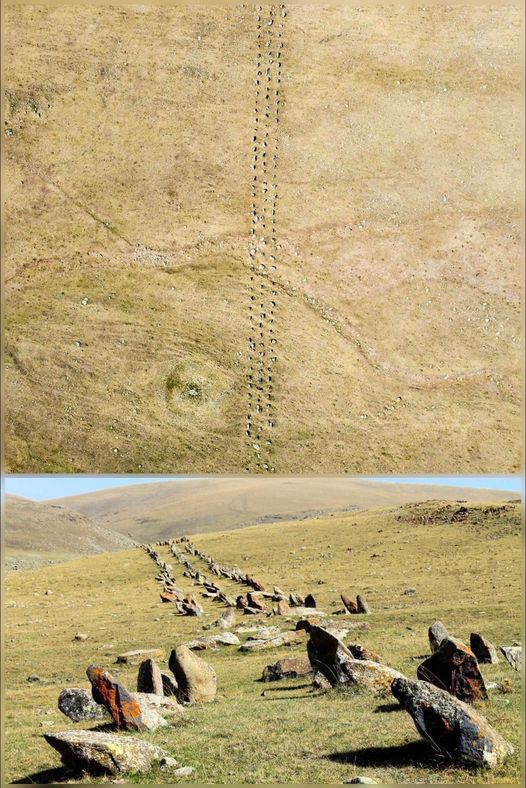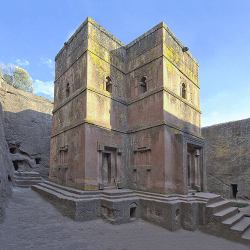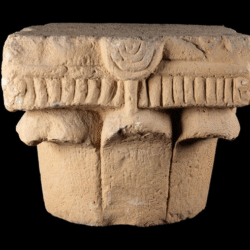Tucked away in the remote, rugged terrain of Armenia, the Hartashen Megalithic Avenue is a breathtaking enigma of antiquity. Believed to date back between 6,000 and 8,000 years, this ancient site is one of the world’s most mysterious and underexplored archaeological treasures. Its towering stone monoliths, meticulously aligned across the landscape, offer tantalizing glimpses into a long-lost civilization.
A Mystery Carved in Stone
The Hartashen Megalithic Avenue comprises a series of imposing stone monoliths, standing upright in carefully arranged patterns. While the exact purpose of these stones remains unknown, several theories surround their origin and significance:
- Ceremonial Pathway: The alignment of the stones might indicate a sacred processional route used for religious or cultural rituals.
- Ancient Observatory: Like Stonehenge or other megalithic sites, Hartashen may have been an astronomical observatory, with its stones marking celestial events such as solstices or equinoxes.
- Boundary Marker: Some speculate it could have been a territorial marker, indicating the extent of an ancient settlement or domain.
Despite these hypotheses, no definitive evidence has yet uncovered its true purpose.
Comparison with Other Megalithic Sites
While lesser-known compared to Stonehenge or Gobekli Tepe, Hartashen shares characteristics that place it among the world’s most intriguing ancient wonders:
- Sophistication: The precise alignment of its monoliths suggests an advanced understanding of geometry, astronomy, and construction.
- Cultural Context: Unlike its Western European counterparts, Hartashen emerges from the Caucasus, a region often overlooked in global discussions of early civilizations.
Why Has Hartashen Been Overlooked?
- Remote Location: Situated deep in Armenia’s rugged countryside, the site is difficult to access, limiting the number of researchers and visitors.
- Lack of Excavation: Hartashen remains largely unexcavated, with only surface-level studies conducted so far.
- Minimal Publicity: Overshadowed by more famous megalithic sites, Hartashen has not yet gained widespread recognition in the archaeological community or mainstream media.
A Forgotten Civilization
The Hartashen Megalithic Avenue is not just a collection of stones—it is a silent witness to an ancient society whose knowledge and rituals have long been lost. Its construction demonstrates a profound connection to the landscape, a sophisticated understanding of spatial organization, and perhaps a deep reverence for the cosmos.
Potential Discoveries Awaiting Exploration:
- Artifacts: Excavations could reveal tools, pottery, or other cultural relics that shed light on the people who built it.
- Astronomical Insights: Detailed studies of the site’s alignment might confirm its use as an observatory.
- Burial Sites: Nearby burials could provide clues about the civilization’s social structure, religion, or everyday life.
Preserving Hartashen’s Legacy
The Hartashen Megalithic Avenue is a global treasure that deserves attention and preservation. Increased archaeological interest and sustainable tourism could help unlock its secrets while safeguarding its integrity.

A Call to Explore the Ancient Unknown
As one of the world’s forgotten wonders, the Hartashen Megalithic Avenue invites us to rethink what we know about early civilizations. Its towering stones, standing steadfast against the test of time, hold mysteries waiting to be unraveled. For historians, archaeologists, and adventurers alike, Hartashen is a compelling reminder that the ancient world still has many secrets left to reveal.












